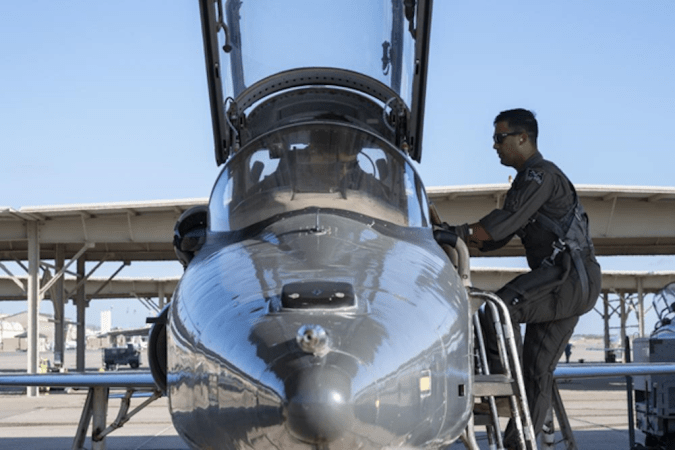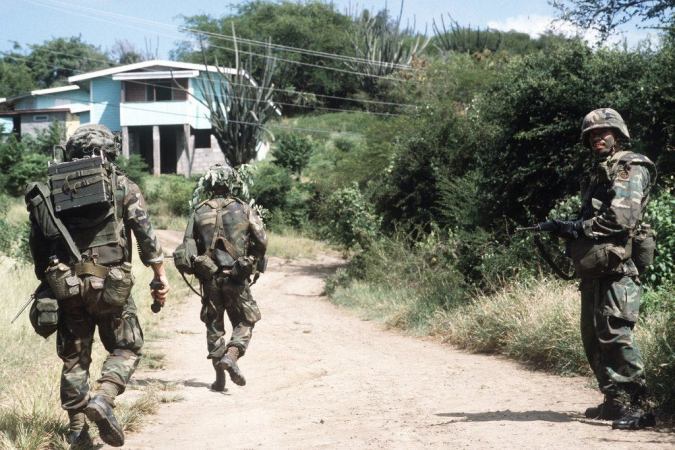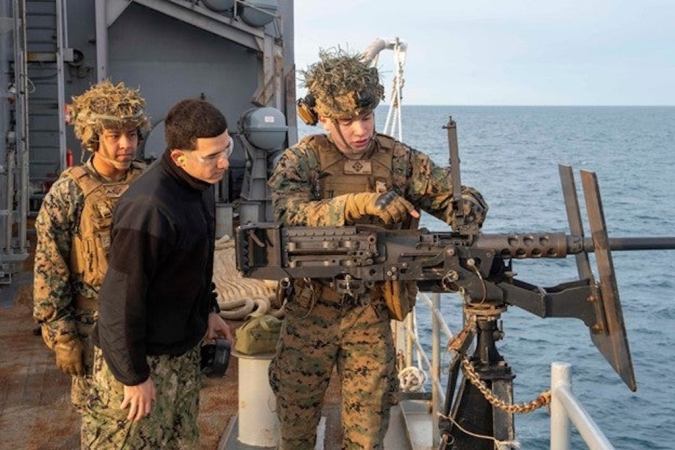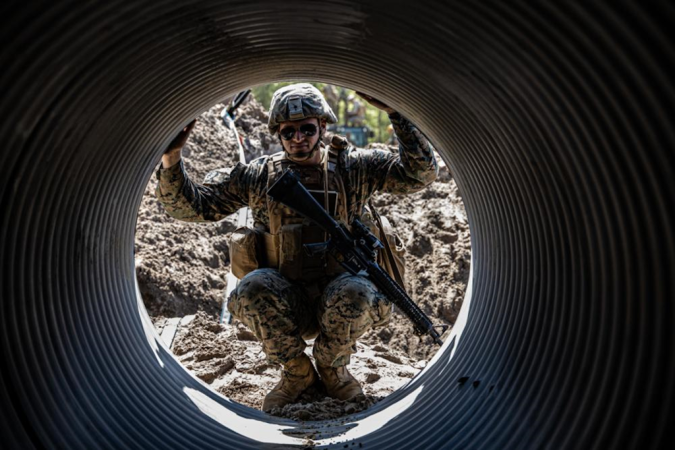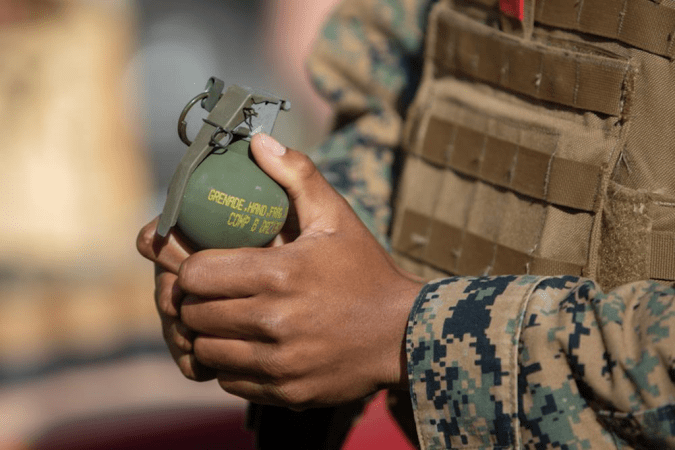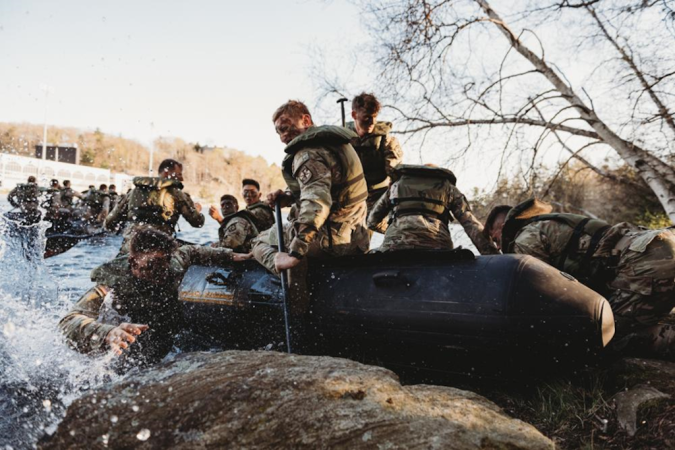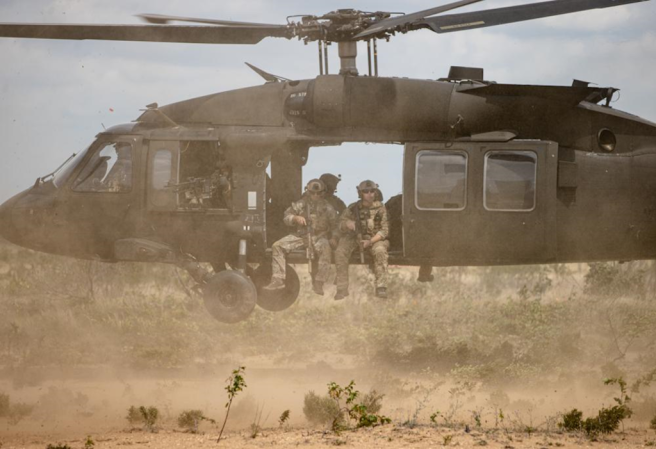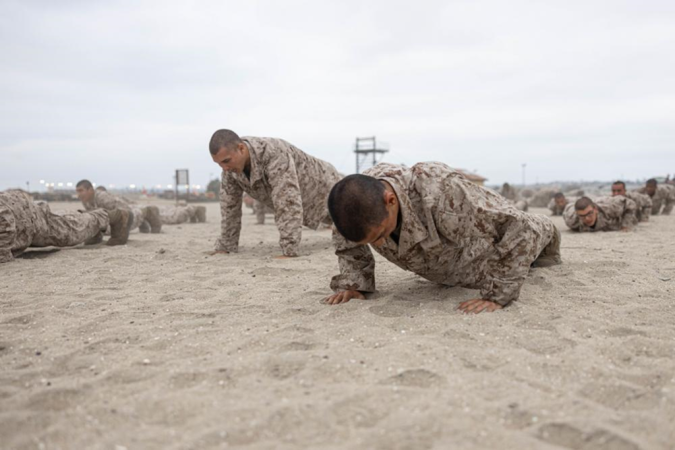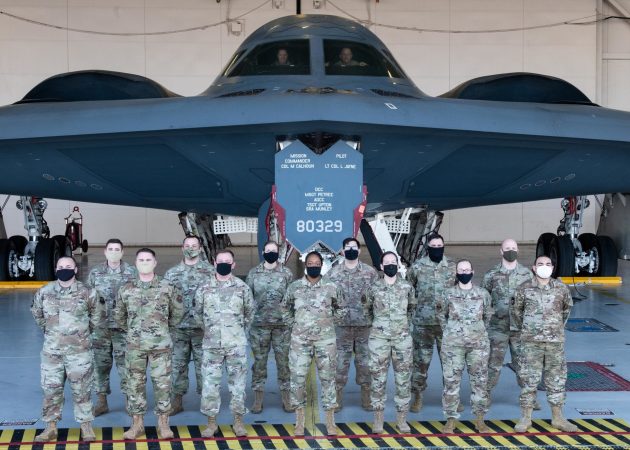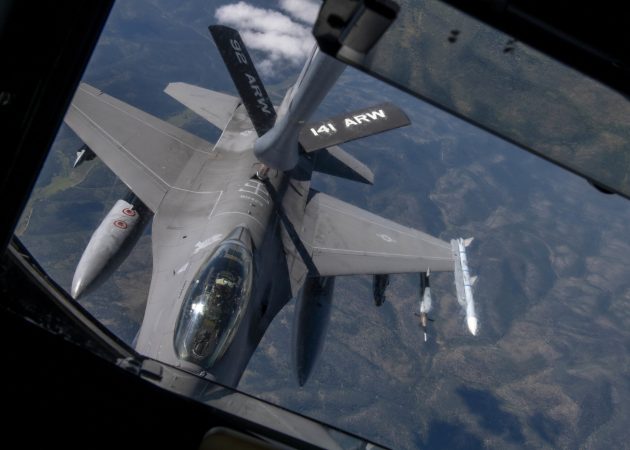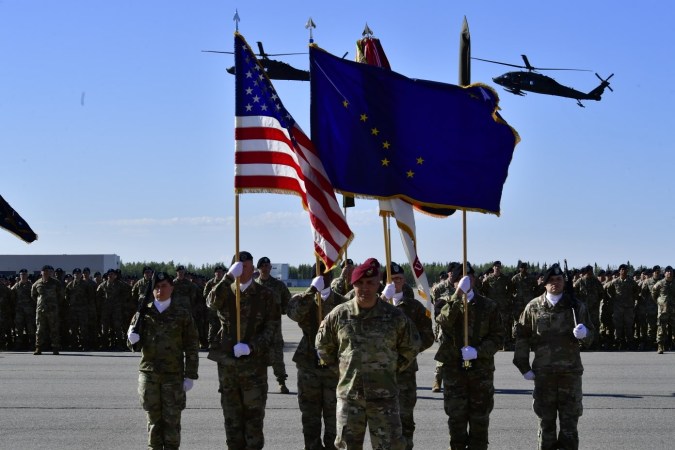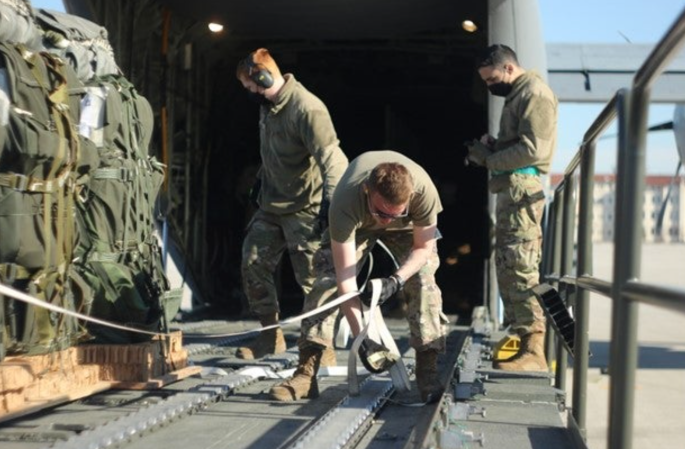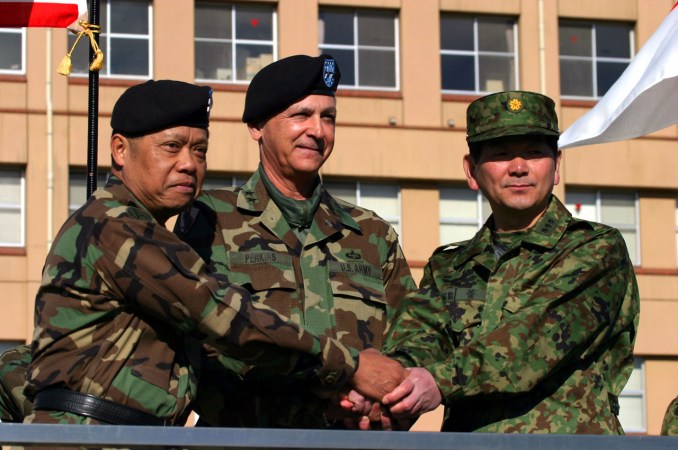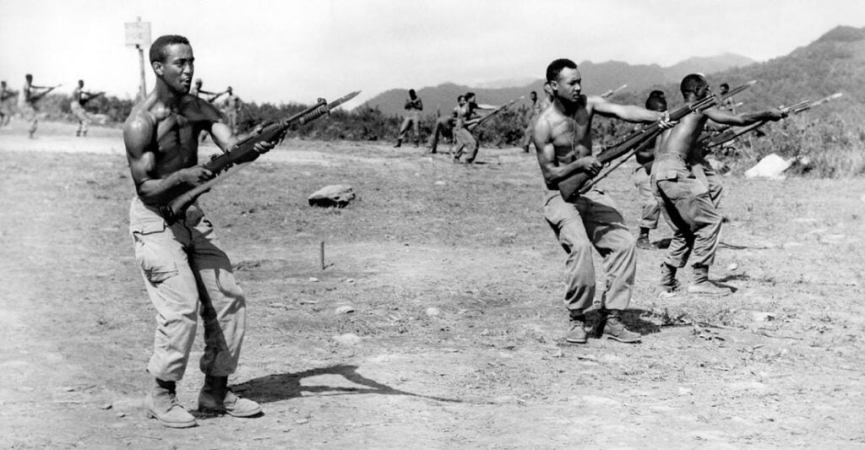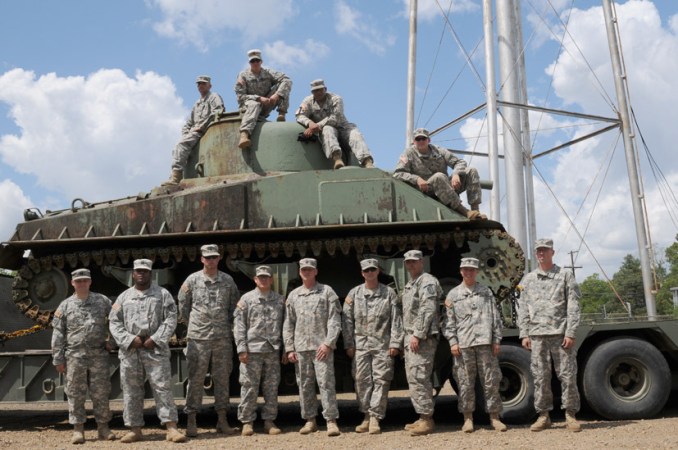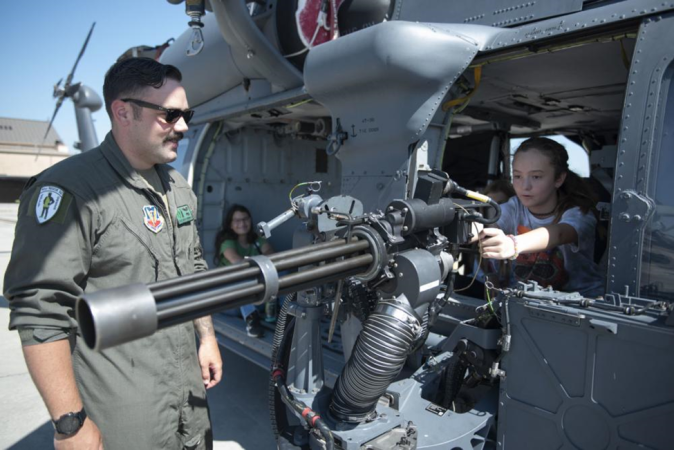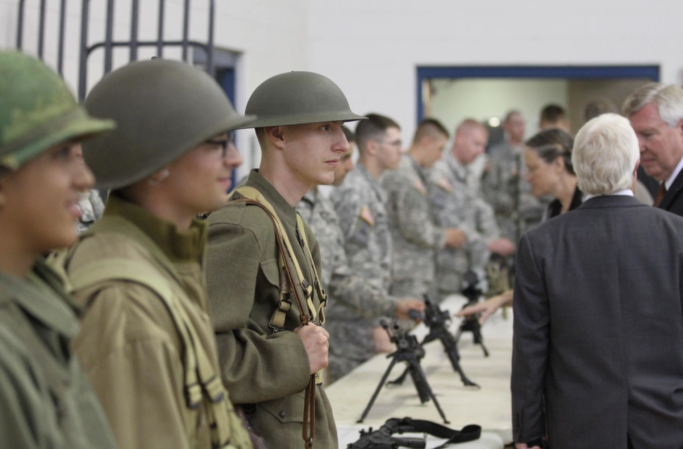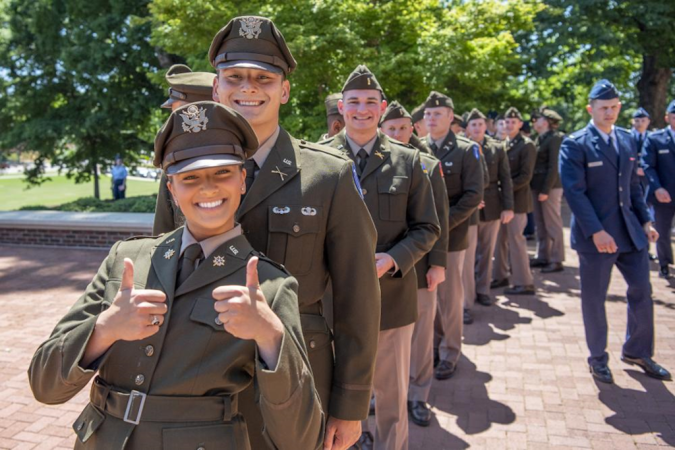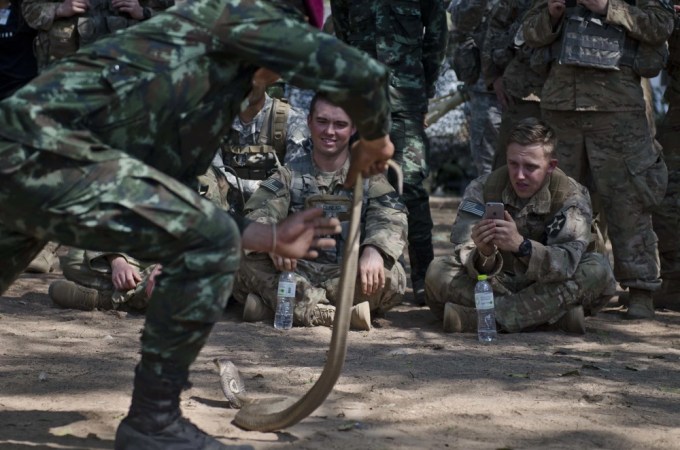They’re the units that everyone wants to beat, that every commander wants to squash under their heel, and that most average Joes accuse of cheating at least once — the “Opposing Forces” units at military training centers.
The OPFOR units are comprised of active duty soldiers stationed at major training centers and are tasked with playing enemy combatants in training exercises for the units that rotate into their center. They spend years acting as the adversary in every modern training exercise their base can come up with.

So while most units do a rotation at a major training center every couple of years, soldiers assigned to OPFOR units often conduct major training rotations every month. This results in their practicing the deployed lifestyle for weeks at a time about a dozen times per year.
Through all this training, they get good. Really good.
And since they typically conduct their missions at a single installation or, in rare cases, at a few training areas in a single region, they’re experts in their assigned battlespace.

All this adds up to units with lots of experience against the best units the military has to deploy — units that are at the cutting edge of new tactics, techniques, and procedures; units that have the home field advantage.
“The first time you fight against the OpFor is a daunting experience,” Maj. Jared Nichols, a battalion executive officer that rotated through the National Training Center at Fort Irwin, California, said during a 2016 training iteration. “You’re fighting an enemy that knows the terrain and knows how American forces fight, so they know how to fight against us and they do it very well.”
So yeah, despite typically fighting at a 2-to-1 or even a 3-to-1 disadvantage, OPFOR units often decimate their opponents.

For the military, this arrangement is a win-win. First, rotational units cut their teeth against realistic, experienced, and determined opponents before they deploy. This tests and stresses deploying units — usually brigades — and allows them to see where their weak points are. Do their soldiers need a tool they don’t have? Are there leaders being over or under utilized? Does all the equipment work together as expected?
But the training units aren’t expected to get everything right.
“One of the largest challenges I face as the OPFOR battalion commander is conveying the message to the other nations that it’s OK to make a mistake,” Lt. Col. Mathew Archambault said during a 2016 training rotation. “When they come here it’s a training exercise, and I want them to take risks and try new things. I want them to maximize their training experience; it helps them learn and grow.”

But the military also gets a group of soldiers that, over a two or three-year tour of duty at a training center as opposing forces, have seen dozens of ways to conduct different missions. They’ve seen different tactics for resupplying maneuver forces in the field, different ways of hiding communications, different ways of feinting attacks. And, they know which tactics are successful and which don’t work in the field.
When it’s time for these soldiers to rotate to another unit, they take these lessons with them and share them with their new units.



